The Bacteria Staphylococcus Aureus Is Harmless to Humans
Digitally colorized scanning electron microscopic image of Staphylococcus aureus bacteria mustard-colored enmeshed within a human white blood cell red-colored. Staphylococcus aureus is a major bacterial human pathogen that causes a wide variety of clinical manifestations1 Infections are common both in community-acquired as well as hospital-acquired settings and treatment remains challenging to manage due to the emergence of multi-drug resistant strains such as MRSA Methicillin-Resistant Staphylococcus.

Is 222nm Uvc Lamp Harmful To Humans Youtube Human Youtube Development
Staphylococcus aureus or S.

. Present in pathogenic bacteria not in nonpathogenic. Genomic island that converts a harmless bacterium into a pathogen. Reviewed by Emily Henderson BSc.
It is also called golden staph. In most situations S. The bacterium Staphylococcus epidermidisis primarily a harmless microbe found on the skin and in the noses of humans.
The type of diseases caused by the various stages of the bacteria in progression is what distinguishes the various types of disease causing Staphylococcus. Humanity has since learned much more about this bacteria and the role it plays in human disease. However if it enters the body through a cut in the skin it can cause a range of mild to severe infections which may cause death in some cases.
Staphylococcus Aureus is present in the skin and nasal passageways of many people without causing any harm to their health. Yet some strains of this species can cause infections in catheters artificial joints heart valves and in the bloodstream which are difficult to treat. Staph is also a global public threat due to the rapid rise of antibiotic-resistant strains including methicillin-resistant Staphylococcus aureus or MRSA.
Yet out of the 30 or more varieties known to cause disease staphylococcus aureus is the villain most blamed. These bacteria are often resistant to a particularly effective. Aureus is notorious for being a human pathogen many strains are harmless and can colonize humans without causing symptoms.
There are bacteria that can link to a group of infections and diseases in various organs of the human body. Staphylococcus aureus bacteria are the leading cause of skin soft tissue and several other types of infections. Yet some strains of this.
Staph bacteria can spread to others through. A new study has found an explanation as to why benign Staphylococcus epidermidis microbes can morph into the dangerous strains of bacteria that cause potentially fatal staph infections. Aureus is the leading cause of skin and soft tissue infections such as abscesses boils furuncles and cellulitis red swollen painful warm skin.
The bacterium Staphylococcus epidermidisis primarily a harmless microbe found on the skin and in the noses of humans. Staphylococcus aureus as is presents in small ruminants. An international research team led by scientists from Tübingen and the German Center for Infection Research DZIF discovers additional component in staphylococcal cell wall that turns the bacterium potentially deadly.
It is often positive for catalase and nitrate reduction and is a facultative anaerobe that can grow without the need for oxygen. As a result its capable of causing problems in the skin and the respiratory and digestive systems. Staphylococcus aureus can infect in a variety of ways leading to diverse manifestations.
Yet some strains of this species can cause infections --. Yet Staph also commonly colonize our nasal passages and other body sites without harm. Yet some strains of this species can cause infections in catheters artificial joints heart valves and in the bloodstream which are difficult to treat.
Sharing things like towels or toothbrushes. However if it is allowed to enter the bloodstream or internal tissues these bacteria may cause a variety of potentially. In addition many humans carry strains of this bacteria on their skin nose and pharynx as harmless.
Aureus does cause disease it can be a cause for alarm especially in the case of MRSA methicillin-resistant S. The bacterium Staphylococcus epidermidisis primarily a harmless microbe found on the skin and in the noses of humans. Staphylococcus bacteria are normally found in the mouth and nose and are harmless and cause no infection.
Staphylococcus aureus or staph is a type of bacteria found on human skin in the nose armpit groin and other areas. Yet some strains of this species can cause infections - in. NIAID The bacterium Staphylococcus epidermidisis primarily a harmless microbe found on the skin and in the noses of humans.
Aureus does not normally cause infection on healthy skin. The bacterium Staphylococcus epidermidisis primarily a harmless microbe found on the skin and in the noses of humans. Bacteria reproduce extremely quickly and can pass on genetic material.
Staphylococcus aureus is a Gram-positive round-shaped bacterium a member of the Bacillota and is a usual member of the microbiota of the body frequently found in the upper respiratory tract and on the skin. Tick pyemia of lambs. This is the case with Staphylococcus aureus.
They usually only cause an infection if they get into the skin for example through a bite or cut. The bacterium Staphylococcus epidermidisis primarily a harmless microbe found on the skin and in the noses of humans. While these germs dont always cause harm they can make you sick under the right circumstances.
The bacteria is often implicated in minor skin ailments such as acne and other harmless skin rashes. A pathogencitiy island is a distinct region of DNA present in the genome of a ___ bacteria but absent in ___ strains of the same species. The bacterium Staphylococcus epidermidis is primarily a harmless microbe found on the skin and in the noses of humans.
Aureus is found in the environment and is also found in normal human flora located on the skin and mucous membranes most often the nasal area of most healthy individuals. Aureus is a common bacterium that lives on the skin or in the nose. The bacteria that cause staph infections live harmlessly on many peoples skin often in the nose and armpits and on the buttocks.
These bacteria are often resistant to a particularly effective.
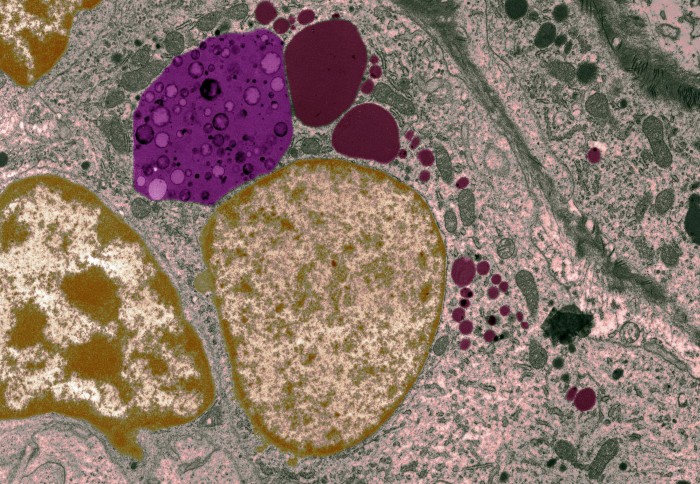
Key Enzyme Tpl 2 Helps Immune Cells Kill Disease Causing Bacteria Imperial News Imperial College London

Phagocytosis Of Fungus Spores Spore Fungi Microscopic Photography

Taming Staphylococcus Aureus In The Eczema Skin Microbiome

Fighting Bacteria With Bacteria Common Nose Germ Provides New Weapon Against Superbugs

Mighty Powerful Microbes New Insights Into Microbes That Breathe Rocks In 2022 Microbes Life Tree Of Life
Stopping Staph Could It Alter The Course Of Diabetes The Loop
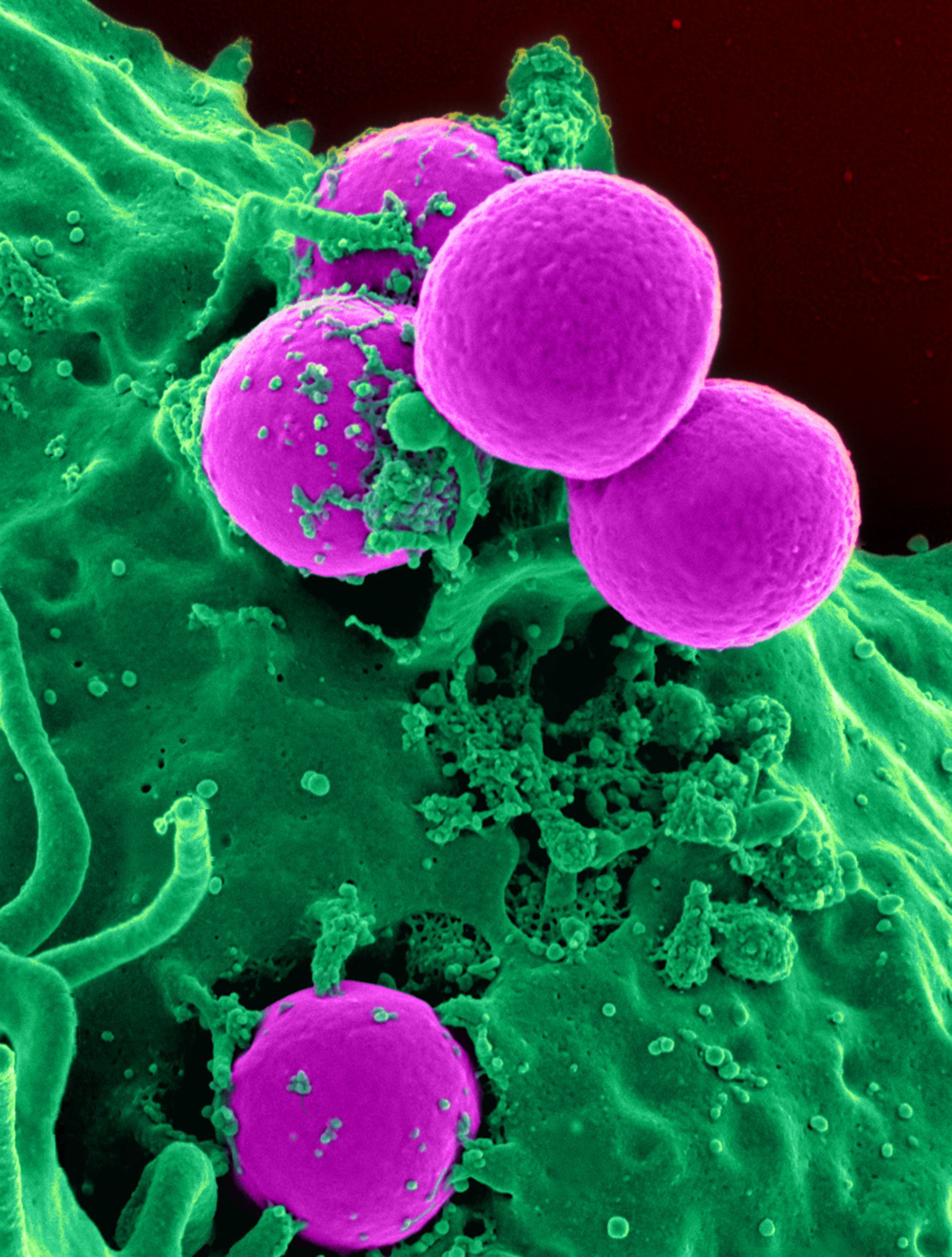
Mrsa National Geographic Society
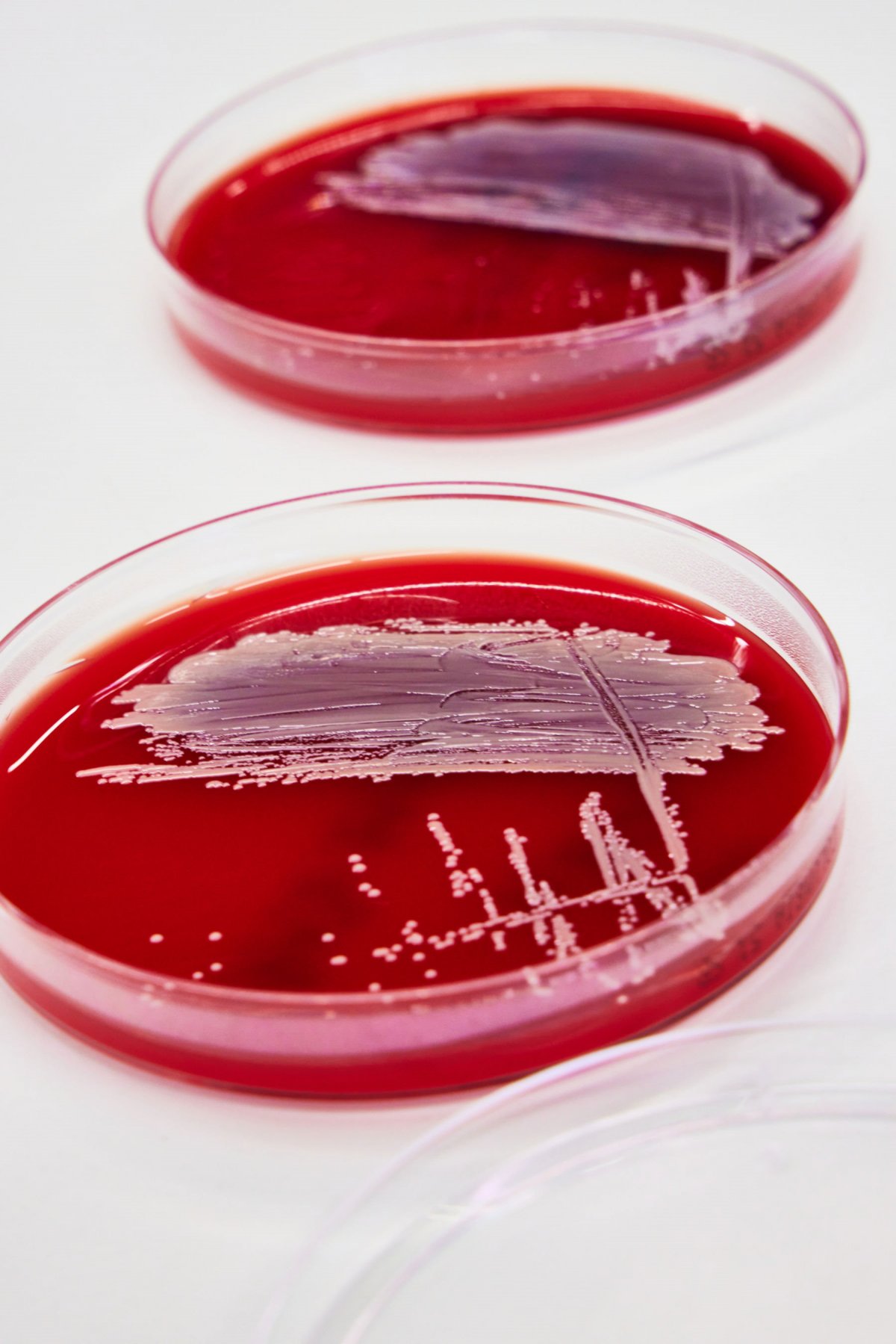
How Staphylococci Protect Themselves Against Antibiotics Healthcare In Europe Com

Fighting Bacteria With Bacteria Common Nose Germ Provides New Weapon Against Superbugs

11 People In 9 States Sick From Salmonella Linked To Pistachios Microscopic Photography Microscopic Organisms Macro And Micro
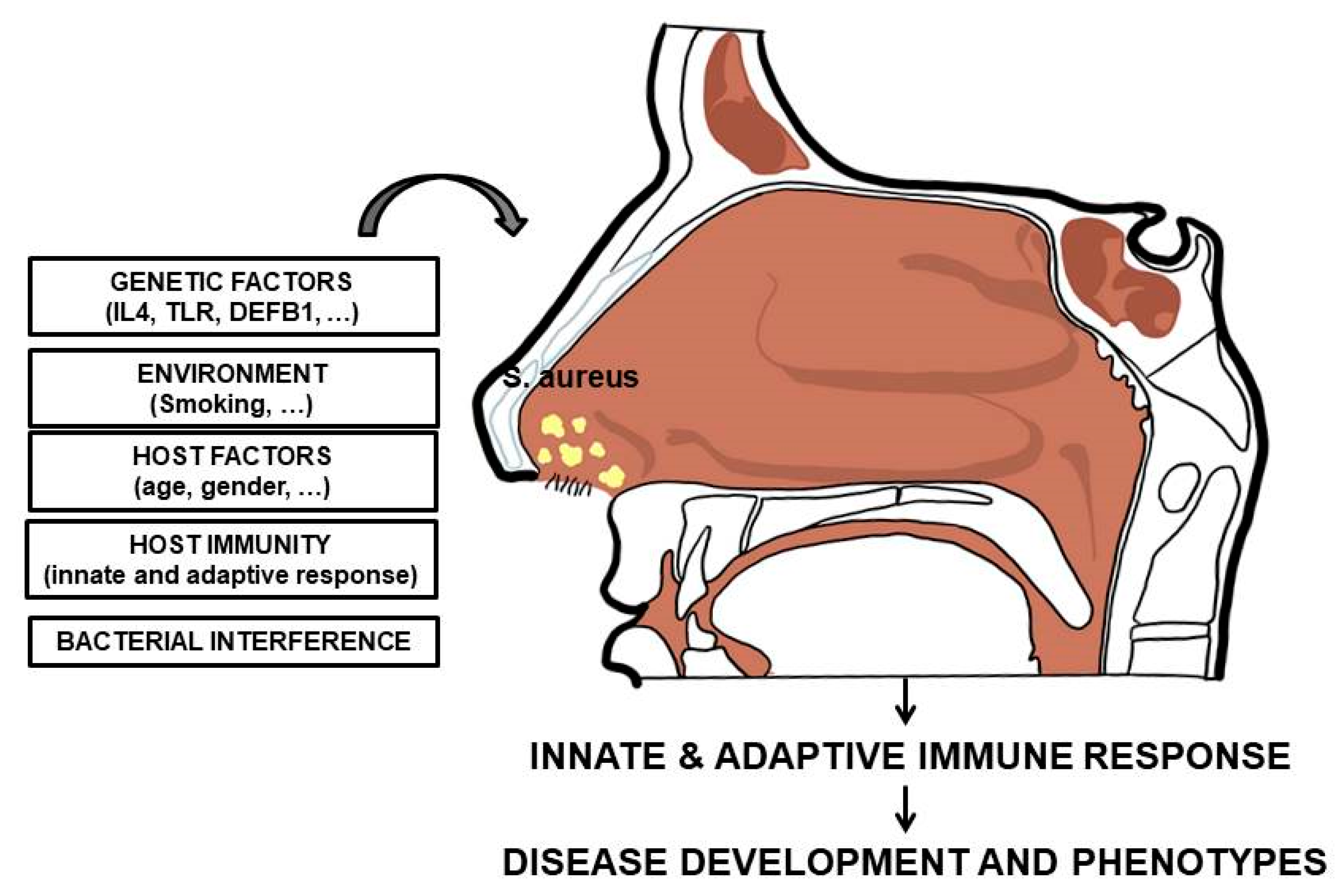
Ijms Free Full Text Staphylococcus Aureus Nasal Carriage And Autoimmune Diseases From Pathogenic Mechanisms To Disease Susceptibility And Phenotype Html

Everything You Need To Know About Mrsa Staph Infection Microbiology Mrsa

Mrsa Treatment Causes And Symptoms

What Is Bacteria Good Vs Bad Benefits And Common Types
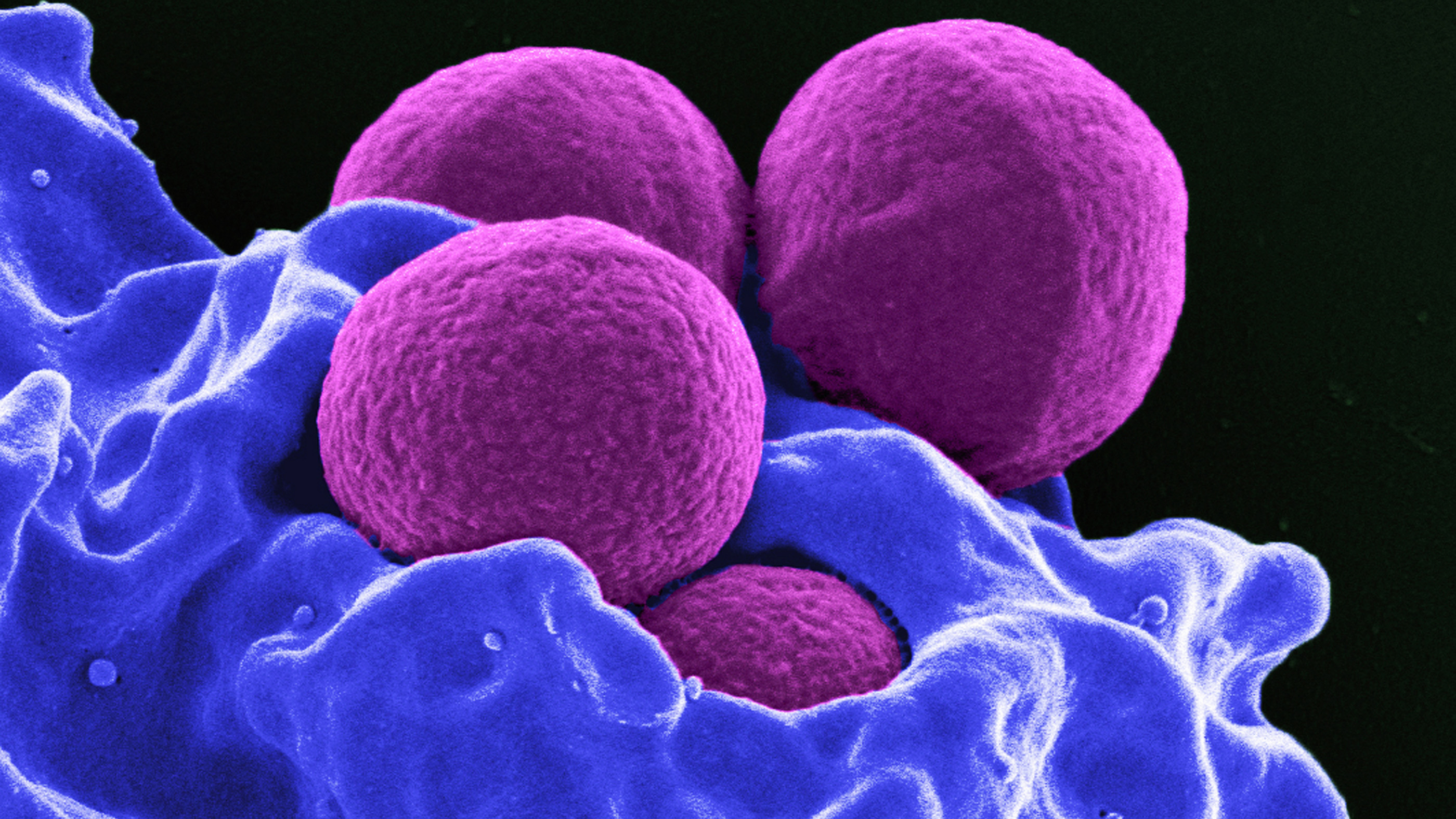
What Are Bacteria Live Science
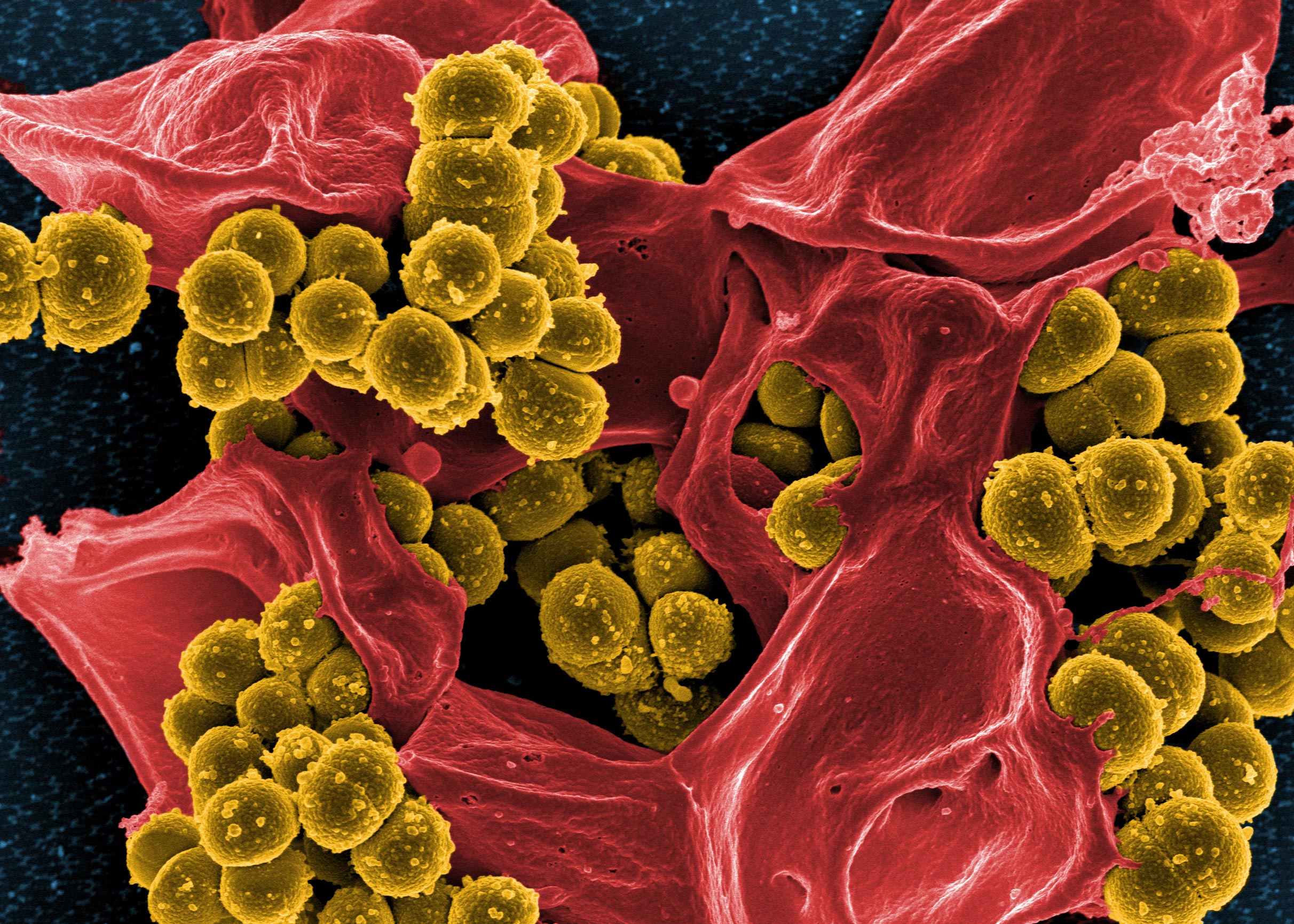
Staphylococcus From Harmless Skin Bacteria To Deadly Pathogen
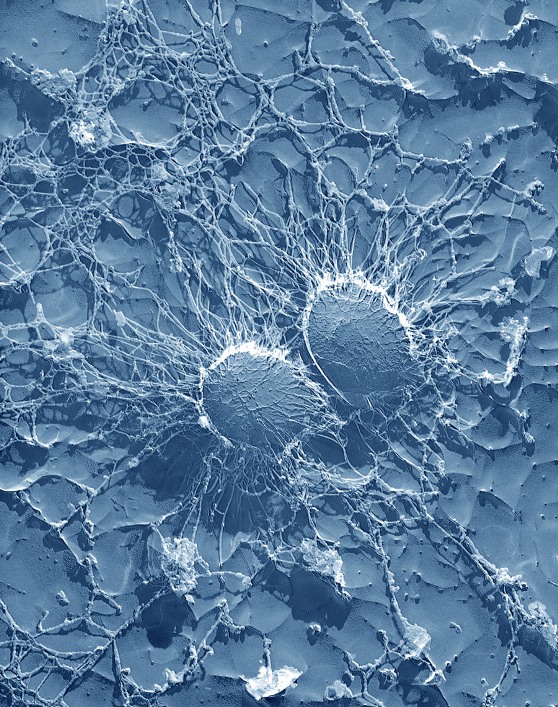

Comments
Post a Comment